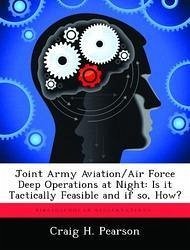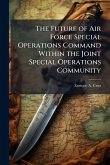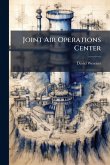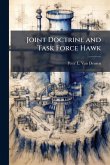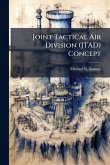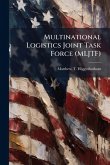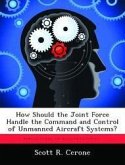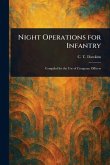This study addresses the feasibility of executing joint deep air operations in a dense anti-aircraft environment. It identifies some proven tactics and techniques for use in these operations, placing particular emphasis on night operations facilitated by equipment which is currently being tested and fielded. To test the hypothesis that joint deep air operations are feasible in a dense anti-aircraft environment, this study examines it first from a historical perspective. General lessons are drawn from operations conducted from 1945--1973. A more detailed study is made of the Israeli experience in the Beqa'a Valley of Lebanon, the British and Argentine experiences in the Falklands and the U.S. experiences in Grenada. An indepth analysis of the Soviet air defense artillery (ADA) network is also done and compared with the current and near term (1990) U. S. technology and tactics to identify weaknesses. Conclusions drawn by this study indicate unequivocally that it is feasible to conduct both fixed wing and helicopter deep operations if these operations are properly planned, prepared and resourced. Losses to ADA will be acceptable over time but can reach 40-50% if heavily defended targets are attacked without these prerequisites being satisfied. Night operations provide U.S. forces a tremendous advantage over Soviet and Soviet-equipped forces due to their lack of comparable night vision equipment. Mines delivered by either aircraft or artillery (particularly MLRS due to its 30 kilometer range) would be extremely effective in the deep operations especially at night and should usually be an integral part of their execution. Significant coordination is required between the Air Force and the Army elements to properly execute a joint deep air operation. Timely acquisition and dissemination of accurate intelligence is essential. Joint operating procedures and training are needed to prepare bottle forces for this somewhat difficult but lucrative mission. Air Battle Management This work has been selected by scholars as being culturally important, and is part of the knowledge base of civilization as we know it. This work was reproduced from the original artifact, and remains as true to the original work as possible. Therefore, you will see the original copyright references, library stamps (as most of these works have been housed in our most important libraries around the world), and other notations in the work. This work is in the public domain in the United States of America, and possibly other nations. Within the United States, you may freely copy and distribute this work, as no entity (individual or corporate) has a copyright on the body of the work. As a reproduction of a historical artifact, this work may contain missing or blurred pages, poor pictures, errant marks, etc. Scholars believe, and we concur, that this work is important enough to be preserved, reproduced, and made generally available to the public. We appreciate your support of the preservation process, and thank you for being an important part of keeping this knowledge alive and relevant.
Bitte wählen Sie Ihr Anliegen aus.
Rechnungen
Retourenschein anfordern
Bestellstatus
Storno

